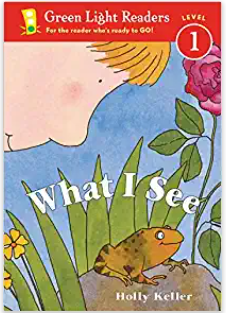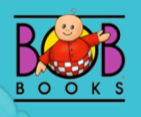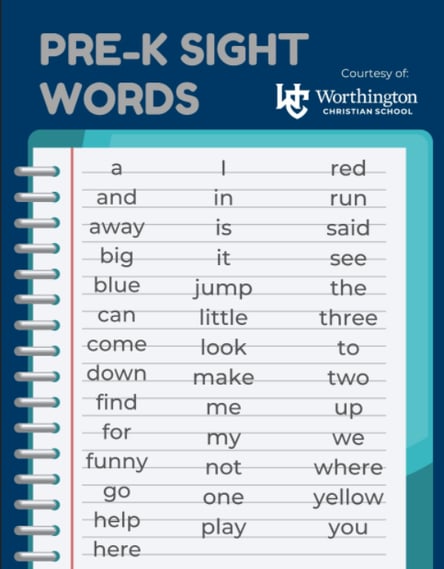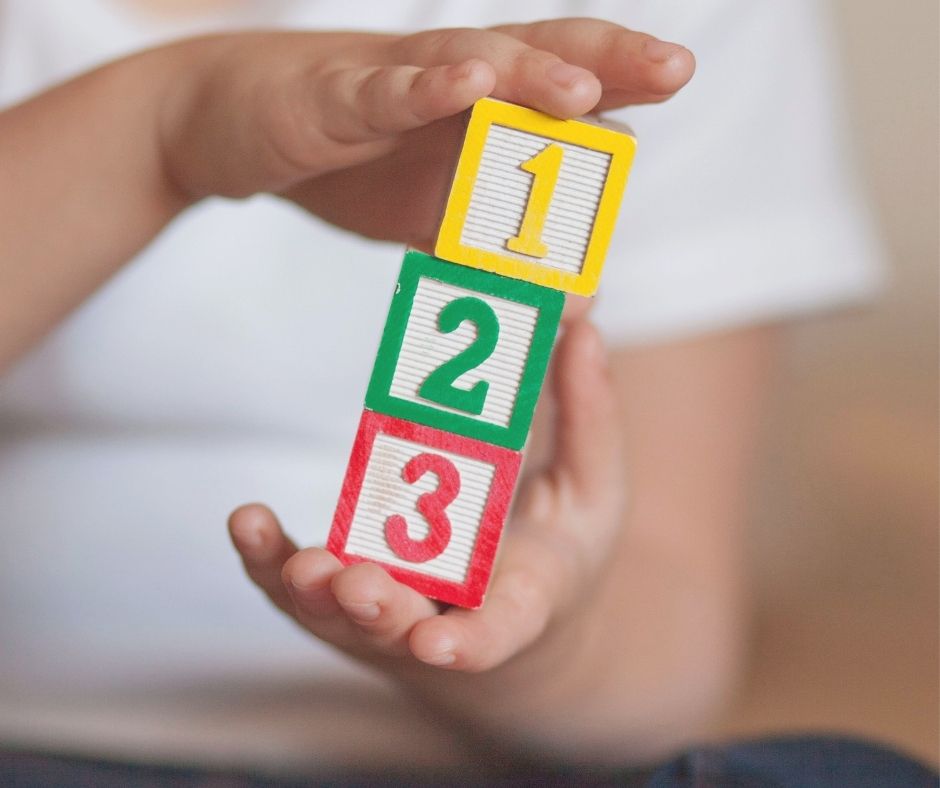When it comes to the earliest years of literacy with our littles, picture books are what typically come to mind. These books usually contain beautiful, purposeful illustrations that accompany the text that we read to them. Picture books not only help to build those all-important early literacy skills but also help to create deep and lasting connections. Whether it's a book about going to school for the first time or a story about making a new friend, picture books help to expose our young learners to new concepts and vocabulary, as well as the basic elements of reading.
As preschoolers grow and mature in their early literacy skills, there is this wonderful transition that takes place: they begin doing the reading themselves! Independent reading is typically a slow, gradual progression. That is, children begin to gain the skills necessary to read on their own. It's important for parents to keep in mind that this process happens for each child at a slightly different pace. Some children enter Kindergarten reading chapter books, while others are still working on identifying their letters. No matter what the pace of development is for a child, there is typically a pattern of development that each child's acquisition of literacy skills follows. Parents who are aware of this pattern can provide for their children a solid foundation upon which they can build literacy.
The Pattern of Early Literacy
Letters
It may seem overly simple, but the first step a child takes toward independent reading is learning to recognize each letter of the alphabet. This naturally begins with learning the classic "ABC song" but must move into visual recognition of the letters. This can be done through alphabet puzzles, magnet letters, printable ABC (flashcards), and by drawing attention to the letters in words in daily life (stop signs, billboards, mail, etc.).
Sounds
Once a child is fairly comfortable and proficient at recognizing each letter of the alphabet, they can begin to associate specific sounds with each of those letters. There are many age-appropriate videos that include rhymes and songs to help children build those phonics skills. There are also electronic games and phone apps that support this stage of learning.
Sight Words
Once a child has mastered letter recognition and has a solid grasp of phonics, they can begin to build their sight word repertoire. Sight words are those short, common words that come up often in texts, such as "and," "of," and "the." There are two primary lists of sight words that include the English words that appear with the highest frequency in elementary reading: Dolch and Fry. According to the Dolch list of sight words, there are 40 words that children ought to learn to read/recognize before they enter Kindergarten. See (and download!) this list of 4o sight words for preschoolers below:
These 40 words can be introduced through the picture books that parents and littles read together. They can be reinforced with sight word flashcards like these, and those flashcards can even be put on a ring similar to this preschool song ring. As preschoolers begin to develop sight word recognition, this greatly aids in their development of "automaticity" in reading. With lots of practice, their ability to recognize these words improves the speed and efficiency of their reading and decreases the amount of effort they must use to go word-by-word through a book.
In addition to sight words, young learners who have a strong grasp of phonics can begin to practice "sounding out" words. This is perhaps most easily done with short words that rhyme or following spelling patterns, like pop, hop, top.
Introducing Early Readers
Though most parents are quite familiar with reading pictures books with and to their children, the development of independent reading skills opens the door to a whole new kind of book: the early reader. Early readers are books written in such a way that children--depending on their reading level and ability--can read them (with some assistance). The most basic of early readers include short, repeated words and simple sentence structure ["Big Pig is happy. Fat Cat is happy. We are all happy."]. Each level of reader brings incrementally more complex sounds, language, and structure.
When a child begins Kindergarten, they are often assigned beginning early readers as "homework" that they read out loud to a parent. Parents can prepare their preschoolers for this step in Kindergarten by introducing their young readers to early readers before they start formal schooling.
Libraries typically have entire shelves or even walls dedicated to "readers." I caution parents, though, that not all readers are created equal. While each reader has a designated level that is meant to indicate the difficulty and complexity of the text, the levels can be confusing or even misleading. A reader may be listed as a "Level 2" reader book, but upon closer examination, one finds that the vocabulary and even grammatical structures are quite complex.
One of my biggest suggestions for parents of preschoolers, as they select those very first readers, is to simply open the books and look at the texts. Seeing the words and sentence structures and taking those into account with what a parent knows of their child's literacy skills serves as the best indicator of which books to choose. There are also a few trusted series and/or publishers with great beginner early readers:
 Green Light Readers are a good starting point for the youngest of readers. The lowest levels of these books focus on one phonics skill at a time, making them very accessible and targeted for budding readers.
Green Light Readers are a good starting point for the youngest of readers. The lowest levels of these books focus on one phonics skill at a time, making them very accessible and targeted for budding readers.
 Bob Books were developed by a teacher who worked for many years and saw the specific needs of children ages 3-5 as they began their literacy journeys. Bob Books offers skill-specific leveled readers for the preschool years. Bob Books also has a series of award-winning reading-focused apps available.
Bob Books were developed by a teacher who worked for many years and saw the specific needs of children ages 3-5 as they began their literacy journeys. Bob Books offers skill-specific leveled readers for the preschool years. Bob Books also has a series of award-winning reading-focused apps available.
 The popular independent book publisher Usborne offers a "Very First Reading" bundle.
The popular independent book publisher Usborne offers a "Very First Reading" bundle.
Happy (early) reading!
/Logos/Horizontal%20Academic%20Logo%20for%20Light%20Backgrounds.png)
/Logos/Horizontal%20Academic%20Logo%20for%20Dark%20Backgrounds.png)


.jpg?width=100&height=100&name=Copy%20of%20Blog%20Authors%20(13).jpg)

